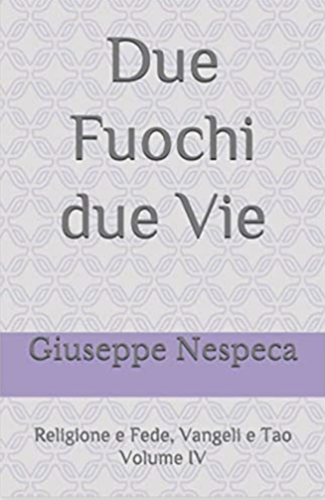12. I think that in this very precise and permanently valid way, Augustine is describing man's essential situation, the situation that gives rise to all his contradictions and hopes. In some way we want life itself, true life, untouched even by death; yet at the same time we do not know the thing towards which we feel driven. We cannot stop reaching out for it, and yet we know that all we can experience or accomplish is not what we yearn for. This unknown “thing” is the true “hope” which drives us, and at the same time the fact that it is unknown is the cause of all forms of despair and also of all efforts, whether positive or destructive, directed towards worldly authenticity and human authenticity. The term “eternal life” is intended to give a name to this known “unknown”. Inevitably it is an inadequate term that creates confusion. “Eternal”, in fact, suggests to us the idea of something interminable, and this frightens us; “life” makes us think of the life that we know and love and do not want to lose, even though very often it brings more toil than satisfaction, so that while on the one hand we desire it, on the other hand we do not want it. To imagine ourselves outside the temporality that imprisons us and in some way to sense that eternity is not an unending succession of days in the calendar, but something more like the supreme moment of satisfaction, in which totality embraces us and we embrace totality—this we can only attempt. It would be like plunging into the ocean of infinite love, a moment in which time—the before and after—no longer exists. We can only attempt to grasp the idea that such a moment is life in the full sense, a plunging ever anew into the vastness of being, in which we are simply overwhelmed with joy. This is how Jesus expresses it in Saint John's Gospel: “I will see you again and your hearts will rejoice, and no one will take your joy from you” (16:22). We must think along these lines if we want to understand the object of Christian hope, to understand what it is that our faith, our being with Christ, leads us to expect.
[Pope Benedict, Spe salvi]












